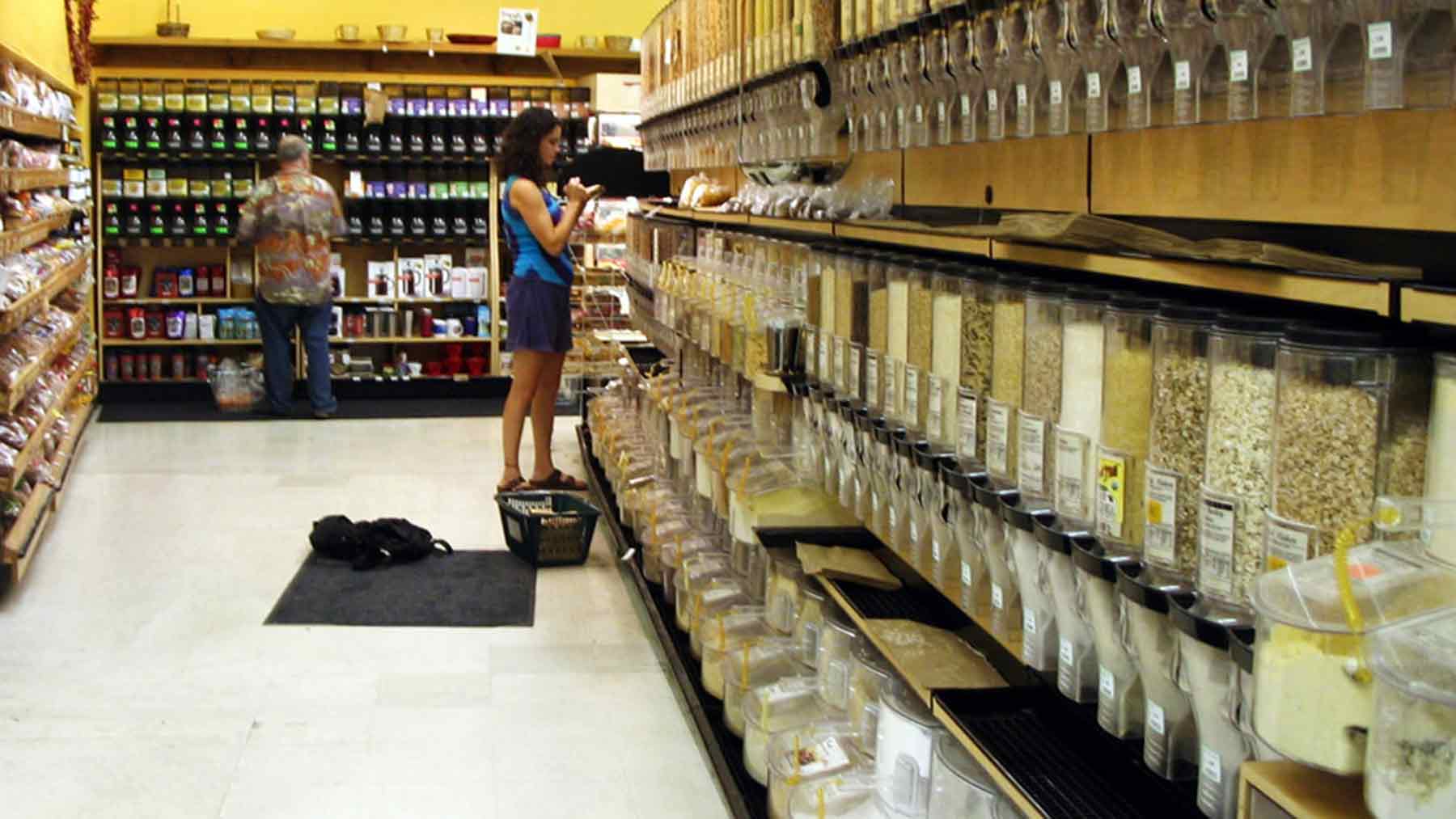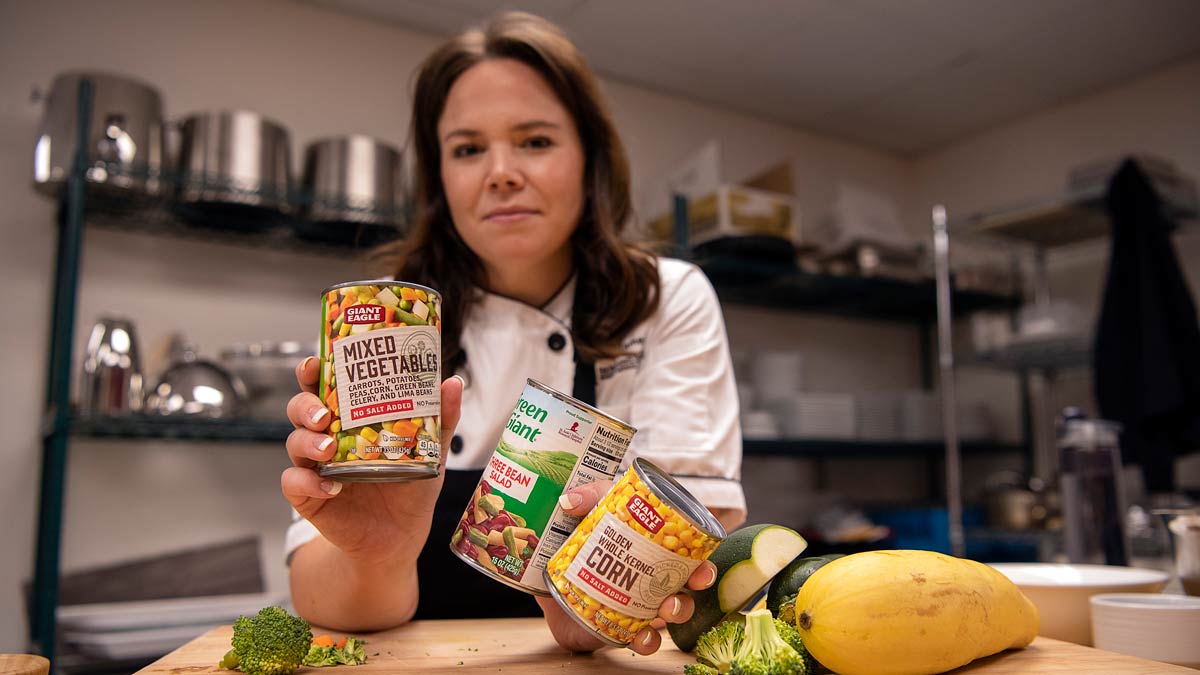How to avoid traps at the grocery store
 Ever notice that most grocery stores are suspiciously set up the same way? The maze-like arrangement is no coincidence. It’s some sneaky psychology at work. The grocery store layout is organized to get you to linger longer and spend more money in the store.
Ever notice that most grocery stores are suspiciously set up the same way? The maze-like arrangement is no coincidence. It’s some sneaky psychology at work. The grocery store layout is organized to get you to linger longer and spend more money in the store.
But there are ways to navigate the grocery store and only spend your money on the things you need without impulse shopping. When you head to the store, make sure you have a grocery list in hand and that you aren’t hungry. Then look out for the following:
1. Displays located at the end of the aisle.
Endcap displays are meant to advertise new or popular products, and it’s likely the foods displayed aren’t on your grocery list. In the summer, stores will have graham crackers, marshmallows and chocolate bars grouped together there. In the fall, it’s anything with apple or pumpkin spice. And just because they’re on the endcap doesn’t mean they’re discounted.
2. Cooking demonstrations and free samples.
Cooking demonstrations and samples may seem harmless, but they’re meant to slow you down and expose you to new products. If you’re easily swayed by the employee handing out the samples, you might end up purchasing something you don’t need.
3. Location of dairy, eggs, meat and staple pantry items.
Staple items like dairy, eggs and meat are strategically located in the back or center of the store to spur impulse buying. Stores hope that exposing you to as many things as possible along your hike will result in you picking up a few things that weren’t on your list.
4. The placement of items on the store shelves.
- The top shelf is usually reserved for smaller brands, regional brands or gourmet brands. These items help stores differentiate themselves from their competitors.
- The second and third shelves from the top are prime real estate. They’re eye level so you can’t help but see what’s on them. In fact, manufacturers will pay a premium for those sacred spots. You’ll likely see higher priced items or items with the highest markup on these shelves. Secondary brands may pay to sit alongside the big names hoping you’ll reach for them instead. Your best bet? Look at the shelf below for similar products at a lower price.
- Kids’ eye level shelving is another pitfall. Similar to shelves at your eye level, these shelves appeal to children with brightly colored packaging and eye-catching mascots. Better to leave the wee ones at home than walk out with a box of marshmallow cereal. If that’s not possible, distract them early and often as soon as you walk in the store.
- Items on the bottom shelf are typically store brands or oversized and bulk items. Store brands are typically cheaper and savvy shoppers know to look down to find them. Just because their price is lower doesn’t mean their quality is. Sometimes the same manufacturer makes both the brand name item and the store brand. Bulk items are sometimes stocked here to compete with warehouse clubs. Logistically, they’re also a little too big to store anywhere else. When buying in bulk, always check the unit price and comparison shop. Sometimes a smaller sale item actually costs less than the bulk version.
Mara Weber is a registered dietitian at The Ohio State University Wexner Medical Center.




